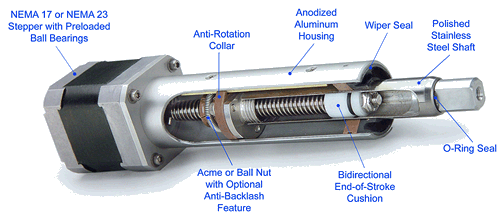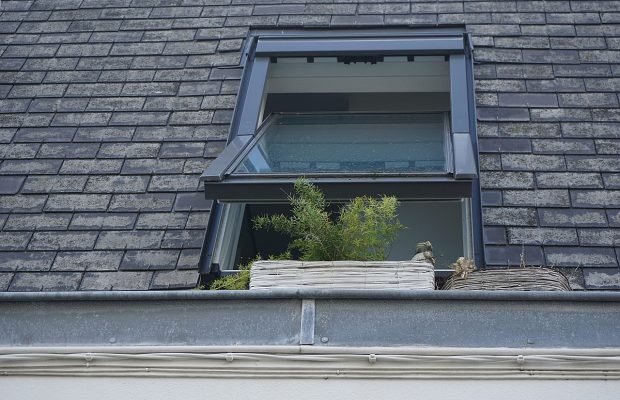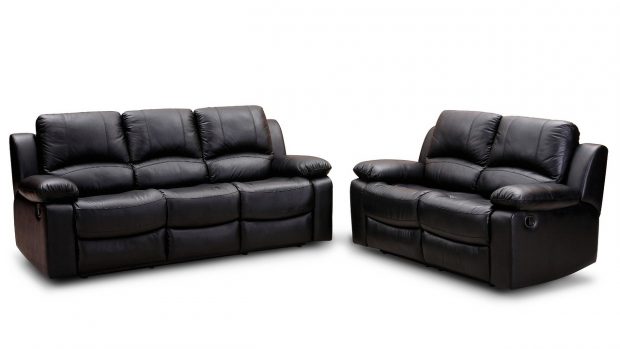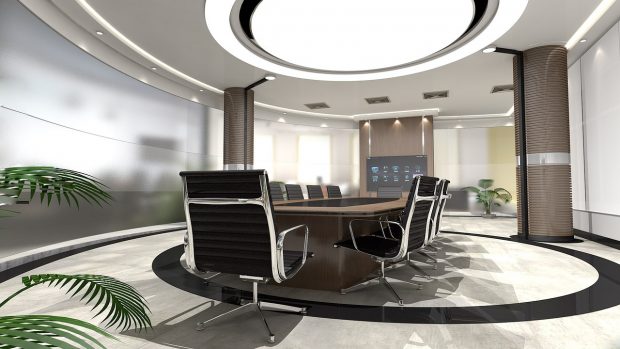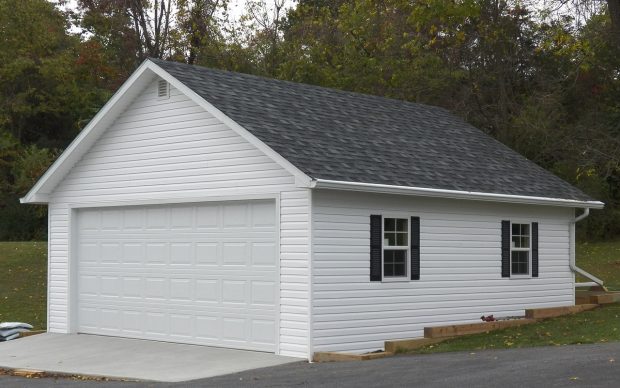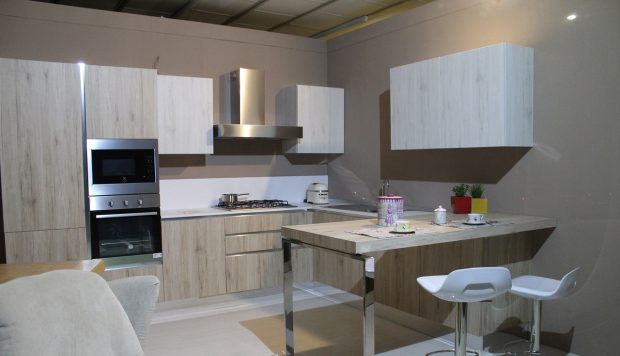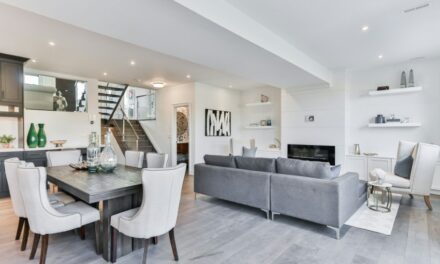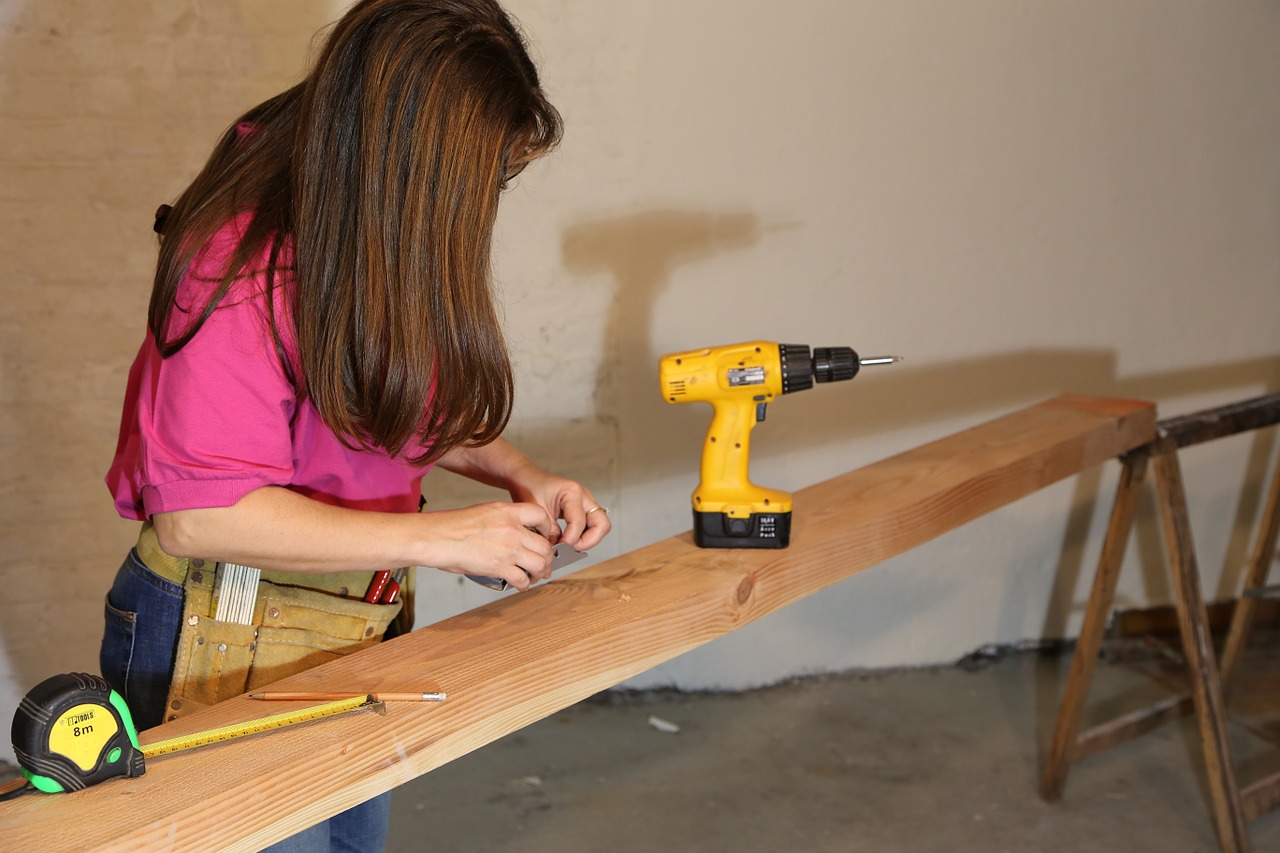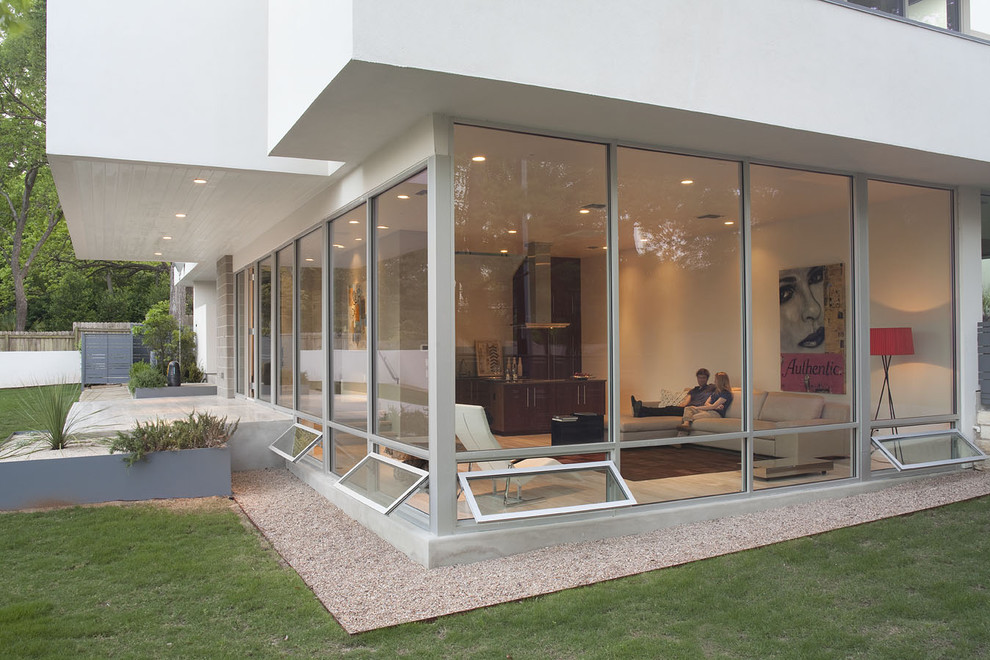An actuator is simply a motor used to regulate a mechanism. It can either start or stop a motion and are used basically in all types of machinery. A linear actuator changes the position of an object in a straight motion. Its mechanism is realized by using a rod on a track that extends and retracts.
Although large actuators are commonplace in the industrial, manufacturing and marine spaces for a wide variety of machines, much smaller 12-volt dc linear actuators have been introduced for home automation. Devices and appliances using DC electric actuators are controlled using microcontrollers and can operate manually and/or automatically.
Home Improvement Projects
If you are considering improving the appearance and functionality of your home, then, linear actuators is the way to go. Linear actuators usage in homes not only provides comfort but also reduces effort used to complete various tasks. They can be used in a variety of ways but its most efficient way of automation is extension and retraction.
Some home improvement projects where actuators are used include:
Windows
Just about any type of window can be automated to open and close depending on the weather and/or room temperature. They may be programmed with sensors, for example, to open a window when it’s hot or stuffy using thermal sensors and close the window when there’s rain using rain sensors. This is quite useful for people who are not home most of the time, disabled and elderly, or a simply forgetful. So next time you leave windows open, your intelligent system’s got your back.
Recliner
If your home has an old manual recliner that’s beat down, you may want to consider an upgrade using a linear actuator which is quite simple. The solution basically involves adding an actuator to the chair to automate the reclining motion and connecting a control system. Remember, not all recliners are the same but all contain similar features such as chair, footrest, and a reclining mechanism.
Table lift
Having a workstation at home is just as in an office setting. It’s crowded and must bear with heavy loads. You will also be required to sit most of the time which may lead to long-term health issues. Installing a table lift lets you regulate your conventional table’s height. Linear actuators are attached on the top of your table and extend and retract using a remote-controlled synced to a control system.
TV lifts
Need your precious flat screen to invisible or discreet? Why not install TV lift. It may sound a distant future but it’s very real and easy to set up. What you’ll need is a metal frame to hold your screen, a linear actuator, and a switch to control the actuator’s movement. Its mode of operation is by a motor which can either pop up or retract your TV from a cabinet or a ceiling depending on your set up.
Garage openers
Upgrading your old manual garage door may seem worthwhile if you’re looking to bolster your garage’s security and also improve your door’s functionality. Linear actuators are actually used to resist the load (which is the door) for constant and consistent movement and precision control to ensure the door is firmly opened or closed.
Drop down kitchen cabinet
Linear actuators can be implemented to lower your kitchen cabinet by whichever length you desire. It allows individuals on wheelchairs or children who are unable to reach top shelves help to reach all cabinets with ease. You will need two actuators and a control box
Each of the above six applications utilizes linear actuators with a microcontroller which can be operated using a remote, keys, hand movements or whichever method of activation you’ve chosen.
No matter how ordinary your applications, linear actuators can be used to automate and improve your home’s functionality not forgetting to improve its aesthetic value. You can install these simple easy to use devices can be realized using a controller system. You need to understand compatibility and optimization of home automation systems with linear actuators.
In conclusion, it’s vital that if you are interested home improvement projects involving linear actuators, you need to know how actuators function. Consulting a professional is the way to go to ensure successful completion and realization of your project.

